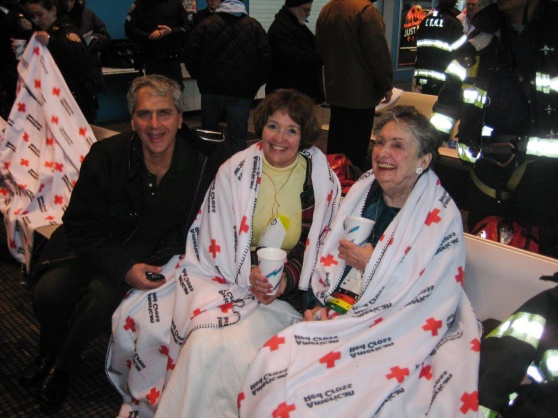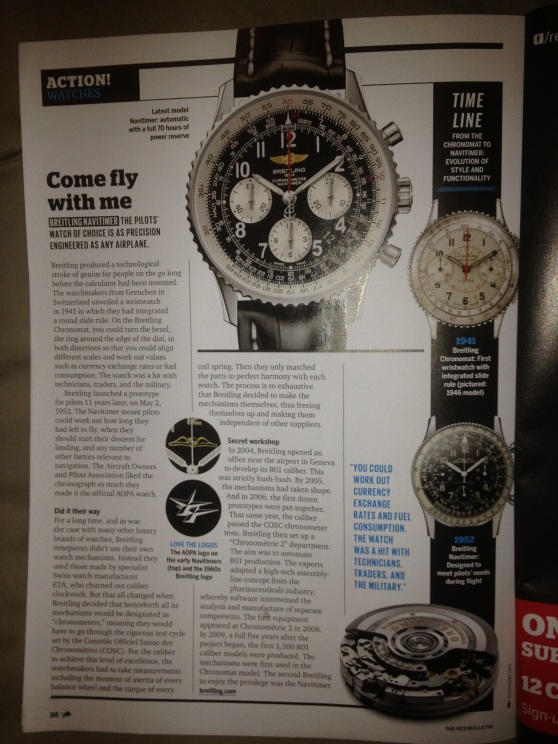I turned on the radio and caught the first mention of a plane down in the Hudson. Not just a plane, but a commercial airliner in the river just a half mile away.
By Ray Basri, MD, FACP
I began my morning running a couple of stress tests and then settled into the office seeing patients. That afternoon I drove to Manhattan to pick up some medical equipment on the eastside. When I got back in my car, I turned on the radio and I tuned into one of my presets, WCBS News Radio 880 and caught the first mention of a plane down in the Hudson. Not just a plane, but a commercial airliner in the river just a half-mile away.
Every firefighter would say, “Wow, I’m on it.” I called in to Orange County fire control. I turned on my red lights and drove west cross town to the New York Water Ferry terminal at 38th Street. As I drove there, I had thoughts of 9/11, especially when I got to the West Side Highway going south. I wondered what the rescue would entail. I considered possible injuries during landing such as blunt trauma, deceleration injuries, near drowning, and hypothermia. The weather was in the 20s and moderate wind. The Hudson River was 42 degrees. That would give those in the water only a few minutes to be pulled out.
Thomas Jefferson once said, “I’m a great believer in luck, and I find the harder I work the more I have of it.”
I believe in luck and opportunity. Coincidence brought this physician into the fire service 27 years ago. It stuck with me and I with it. I work at my office most days practicing internal medicine and cardiology. I work about 50 miles northwest of Manhattan in Orange County. I am a deputy county fire coordinator and do medical exams for the Federal Aviation Administration in the office. I spend a lot of time with firefighters and pilots. They share a lot in common. Most will be there in a tough time doing everything possible for anyone else. They also are brighter, well-trained, and experienced in handling difficult situations, and even spend endless hours going through simulations of near-death scenarios.
Just my kind of people.
I parked on the West Side Highway and made my way past three security check points into the terminal. It looks like an airport lounge perhaps 120 feet long and 40 feet wide with high ceilings. It is modern with glass along the riverside but no views of the water due to the gangways. When I first got inside, I noticed it was sort of quiet. No shouting, screaming, or panic. That was the first sign that it was good news.
I found the EMS Lieutenant in charge, checked in, and offered my help. He said all the passengers in the area had been triaged and tagged green, with the exception of one with orthopedic injuries tagged yellow. EMS transported this passenger within a few minutes.
The thought started slowly that this was a miracle. Everyone alive and safe, but then I considered that there may be others still not on shore. I asked about that and was told it looked like everyone made it out okay. Major sigh of relief. I called the FAA regional office at JFK Airport and spoke with my boss, Regional Flight Surgeon Dr. Harriet Lester. She patched the call into the Federal Air Surgeon’s office in Washington, D.C. I reported that all was well on the scene.
I looked around the room and saw most of the passengers sitting quietly by themselves, most in their own clothes and some wrapped in sheets or turnout coats. Coffee was being distributed, and their hands were shaking. Most looked straight ahead, absorbed in thought. A few groups of two or three passengers spoke softly about the landing. One told me that touching down in the Hudson had been as gentle as any runway landing. I didn’t see many cell phones. When I asked why, everyone said they have already made the important calls. While some New Yorkers would call everyone in that situation, the reality is that it was a quiet time.
There were several head counts done. There were many detectives, some FBI, and emergency management doing interviews of all the passengers. The flight crew was a bit off to the side by the windows. They were smiling and confident. They said it was the only successful water landing of a commercial airliner ever and they had done it. The captain, Chesley B. Sullenberger, III, was standing away from the passengers quietly accepting congratulations. His uniform was as impeccably pressed as if he was boarding his flight. He was soft spoken and gracious. Later, I spoke with Mayor Bloomberg, who is an accomplished fixed wing and rotary pilot. He spoke glowingly of the pilot and first officer’s skill to bring the plane in safely.
Everyone had been in the water up to at least their shins. Some passengers were soaked, and they got out of their clothes and into sheets, then blankets. One young man was in his best suit, tie set just right, and I went over and said to him that he looked just like he was going to an interview. He laughed and said he did just before getting on the plane. His name is Richard Jamison and he finished his internship interview early so he could take an earlier flight home. I told him I would be delighted to call the program director on his behalf so that this was not his first and last visit to NYC. I told him about the possibility some passengers may develop post-traumatic stress disorder (PTSD). I had read some research recommending giving those at risk beta-blocker blood pressure medication soon after their experience. Some studies showed that this lessens the severity of PTSD later by diminishing the mind’s initial reaction to the stress. I kidded around that this would be a good place to test the theory. We spoke for a while and he seemed to relax. Would his life change after this? He said he would let me know.
Now there were another two passengers with luck and coincidence that afternoon. While I was working with the injured passenger, I heard, “Dr. Basri, is that you?” from behind me. I turned around and it was Diane Higgins and her mother, Lucille. I doubt either of us could believe a friend and patient could meet their doctor like this. Fortunately, they were safe and sound. Diane and her husband, John, live in Goshen, as I do, and John is a former fire commissioner, as well. None of us could get over the little hometown reunion. Diane was worried that her elderly mother may have been injured, so I gave her a thorough exam. Lucille was fine but a bit cold so I got her shoes and socks off and wrapped her feet in a blanket. We will be telling this story at the firehouse for many years to come. We thought no one back home would believe the coincidence, so we took photos. Sometimes, truth is stranger than fiction. Just good luck all the way around.
Dr. Basri is a senior aviation medical examiner who practices internal medicine and cardiology inNew York. He is also a volunteer firefighter with the Excelsior Hook and Ladder Company in Middletown, N.Y, and deputy Orange County fire coordinator. In addition to his private practice, Dr. Basri is an attending physician at Orange Regional Medical Center, consulting staff at The Valley Hospital in Ridgewood, N.J., and a Clinical Assistant Professor of Medicine at New York Medical College.







